AVI System Introduction
Automated Visual Inspection systems reshape modern quality control with their significant contribution to improved accuracy, speed, and efficiency.
The systems use machine vision and artificial intelligence to evaluate defects, inconsistencies, and quality deviation within the manufacturing and industrial sectors.
As precision and productivity keep gaining importance, AVI systems became essential to industries like electronics, automotive, pharmaceuticals, and food production.
The Role of AI and Machine Vision in Manufacturing
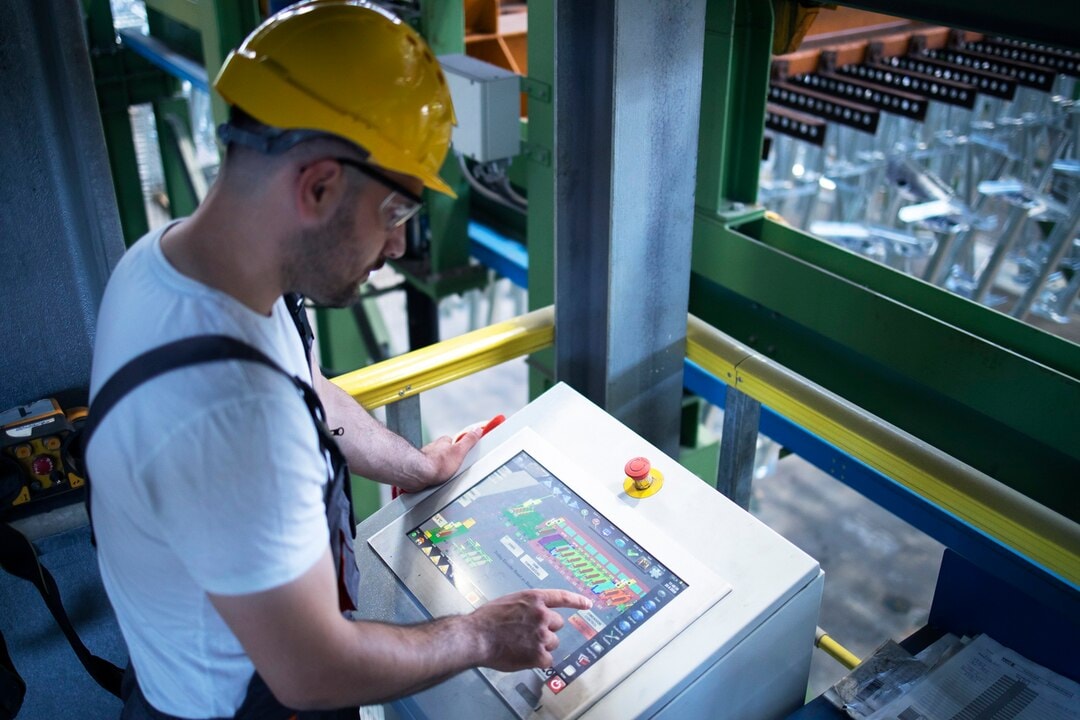
AI and manufacturing process are set to enforce a paradigm shift in the manufacturing sector by enabling real-time defect detection and predictive maintenance and optimizing processes.
In this quest, these technologies are meant to reduce human incidence, maintain consistency of the product, and enhance supply chain efficiency.
With industries moving toward full automation, machine vision systems provide a wealth of insight from data to decision-making, leading to improved overall production quality.
Key Benefits
1. Accuracy: With high-resolution cameras and AI algorithms, an AVI system is capable of detecting very minute defects that human inspectors may miss.
2. Speed: Inspection takes place in milliseconds; thus, downtime during inspections becomes very negligible.
3. Cost Efficient: AVI reduces wastage, less manual labor, and prevents costly recalls of defective products.
Core Components of an Automated Vision Inspection System
Cameras and Hardware
High-Resolution Camera Defect Detection:
Machine vision systems are set up on high-resolution cameras that capture the detailed images of products for evaluation.
The cameras are fitted with specialized lenses to guarantee precision in detecting surface defects, shape irregularities, and inconsistencies in the structural domain.
Types of Vision Inspection Equipment
- 2D Vision Systems: Surface defect detection and barcode reading.
- 3D Vision Systems: Provides depth perception, ideal for object dimensioning and profiling.
- Infrared and Thermal Cameras: Detection manual inspection of defects in temperature-sensitive components.
Role of Sensors and Lighting in Quality Inspection
- Sensors: Detect presence and alignment of products for accurate capture of images.
- Lighting: Achieve uniform illumination such that shadows and reflections are minimized, allowing defects to be distinguished.
Visual Inspection Software and AI Algorithms
How AI Enhances Defect Detection and Pattern Recognition
AI-based algorithms do image processing of innumerable classes, pink cactus flowers, with extreme precision in detecting patterns, anomalies, and defects as contrasted with the conventional rule-based counterparts.
Deep learning algorithms are only made stronger with time by vast quantities of images being fed through them.
Role of Machine Learning in Predictive Quality Control
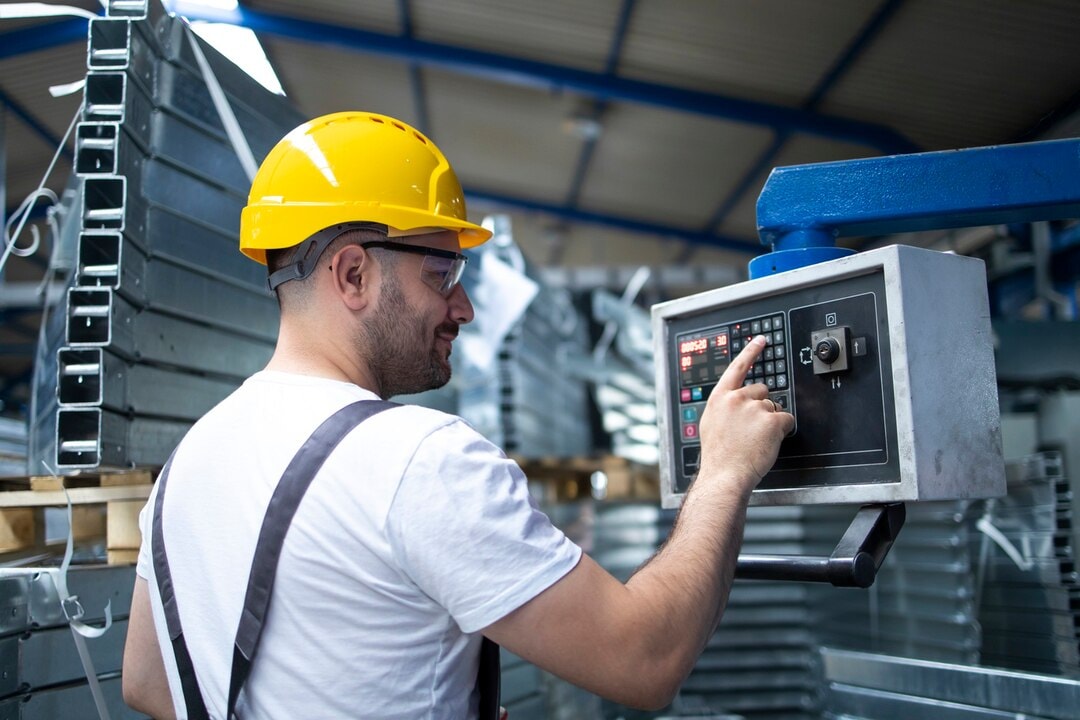
Statistical machine learning algorithms mine past defect patterns to predict failures so that quality control can be exercised effectively. This predictive realm reduces scrap and keeps the standards in manufacturing constant.
Real-Time Image Processing and Data Analytics
Advanced AVI systems that detect defects and warrant corrective action for any defects in real-time. Integrating the different analytics platforms allows manufacturers to monitor performance trends and optimize processes.
Vision Inspection System Manufacturers and Services
Leading Manufacturers of Visual Inspection Systems
A few leading companies that provide machine vision and inspection solutions include:
- Cognex
- Keyence
- Omron
- Teledyne DALSA
- Basler AG
Customization and Integration Services for Various Industries
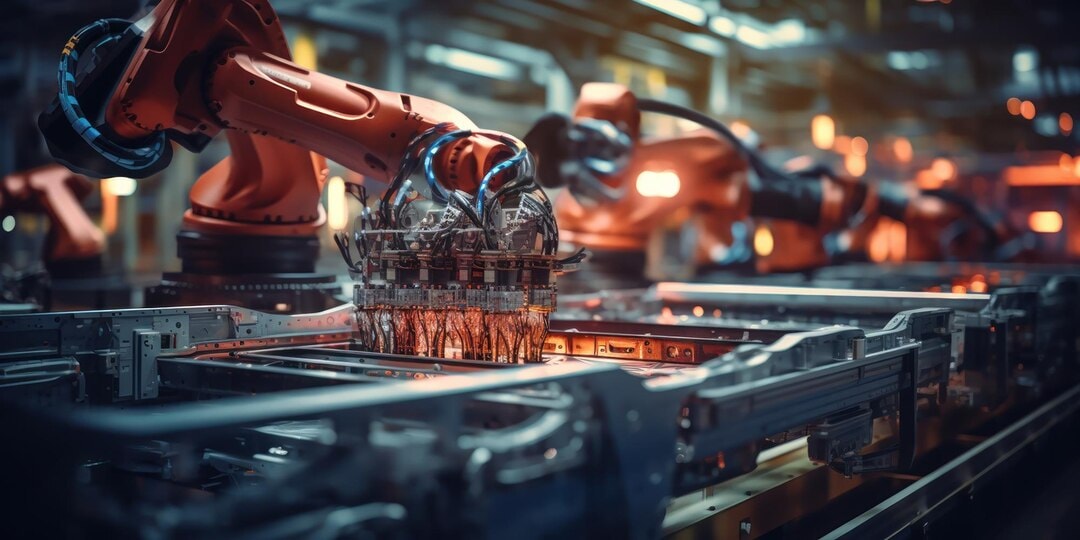
These manufacturers extend customized AVI solutions tailored to specific industry requirements. Such integration services provide a seamless deployment of AVI systems within existing production lines to enhance autonomy and overall efficiency.
Applications of Automated Inspection Systems
Visual Inspection in Manufacturing
AVI systems are employed widely in manufacturing to assure product quality and consistency.
- Surface Defect Detection: Scratches, dents, and material inconsistencies, which become visible at the production line.
- AI in Quality Assurance: Continuous monitoring of the production process against high-quality standards.
Automated Inspection in Electronics and Semiconductor Industry
The electronics industry requires ultra-precise inspection systems for inspecting the tiny irreversible components and extremely complicated characteristics in terms of inspection and assembly.
- Defect Detection in Circuit Boards: This detects soldering defects, misalignments, and connectivity problems in the PCBs.
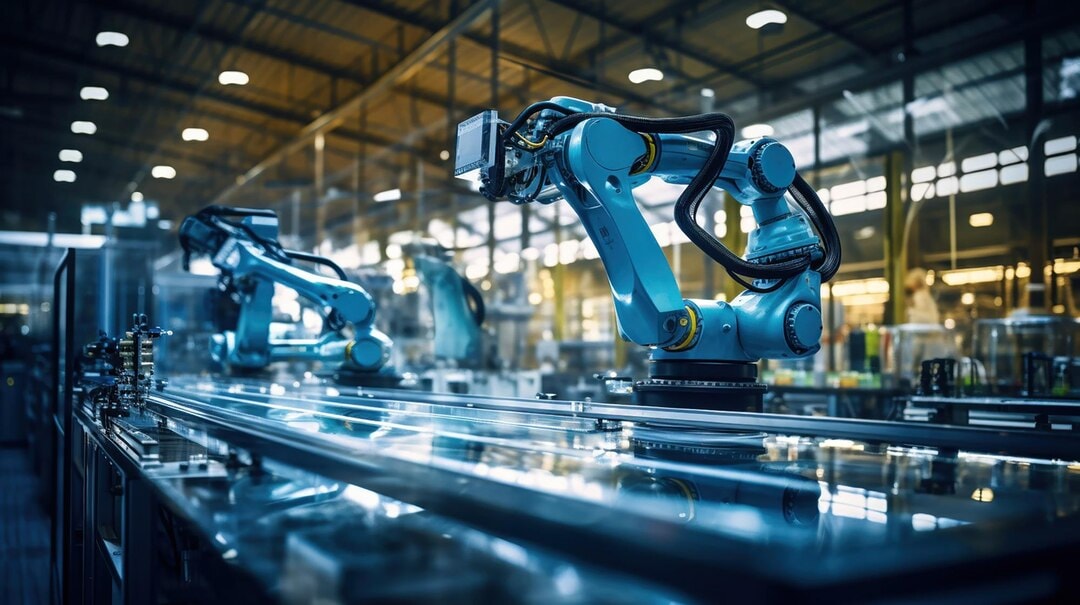
- AI-Driven Precision Testing: Ensures reliability of micro-components in high-performance electronics.
QC for Life Science, production efficiency, and Clean Room Manufacturing Protocols for Quality Assurance are exceedingly mandatory measure for patient safety and abiding by regulatory norms.
- Ensuring Sterility and Safety: AVI systems have the ability to evaluate any medical devices, pharmaceutical products, or closure systems as to the presence of physiochemical impurities.
- Medical Device Particle Detection: The detection of any foreign contamination, such as minute particles in injectable drugs, or foreign particle contamination in medical implantation.
Automotive and Aerospace Inspection
Both industries need high-accuracy inspections consistent with the specified standards of safety and durability.
- Machine Vision for Paint Quality and Weld Reliability: An inspection of paint quality based on surface aesthetics while welds must be devoid of defects.
- AI for Engine Part and Turbine Inspection Tasks: Detection of any structural flaws on engine parts, turbines, or other permanent aircraft parts.
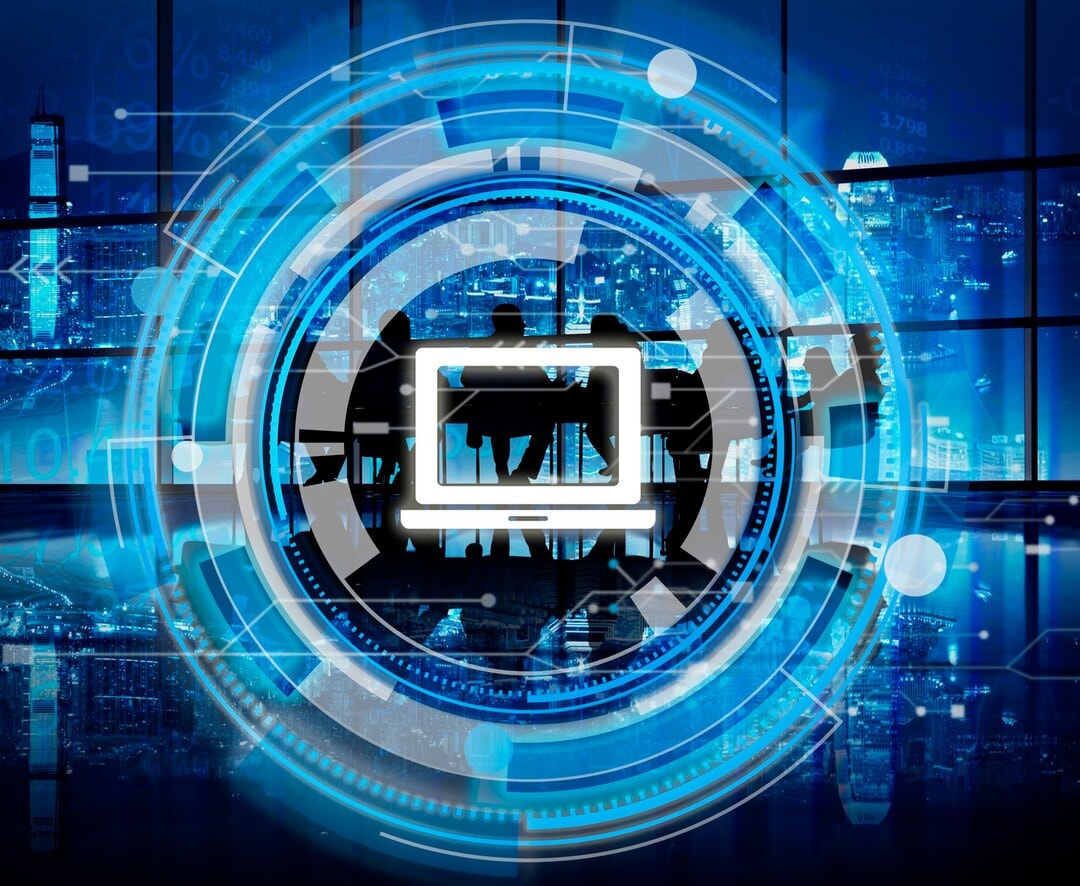
Food and Beverage Industry
AVI systems serve to ensure packaging and sanitation standards in the food industry.
- Detecting Foreign Matters: Detecting contaminants such as glass, metal in food, or plastic.
- Packaging and Labeling Quality Control: AVI systems help assure the presence of sealing, label accuracy within the presence of the packaging, and that an expiration date is applied.
Future Trend of Industrial Automation and Visual Inspections
AI and Machine Learning for Test Automation
With AI increasingly advancing, they are making AVI systems more intelligent and efficient.
- Predictive Maintenance and Anomaly Detection: AI inspections predict and prevent failures before they happen, thus limiting downtime.
- Continuous Improvement in Manufacturing: Artificial intelligence models that are self-learning get better at recognizing defects.
Integration into IoT and Smart Factories
The blend of AVI and IoT would profoundly impact the chances for industrial automation.
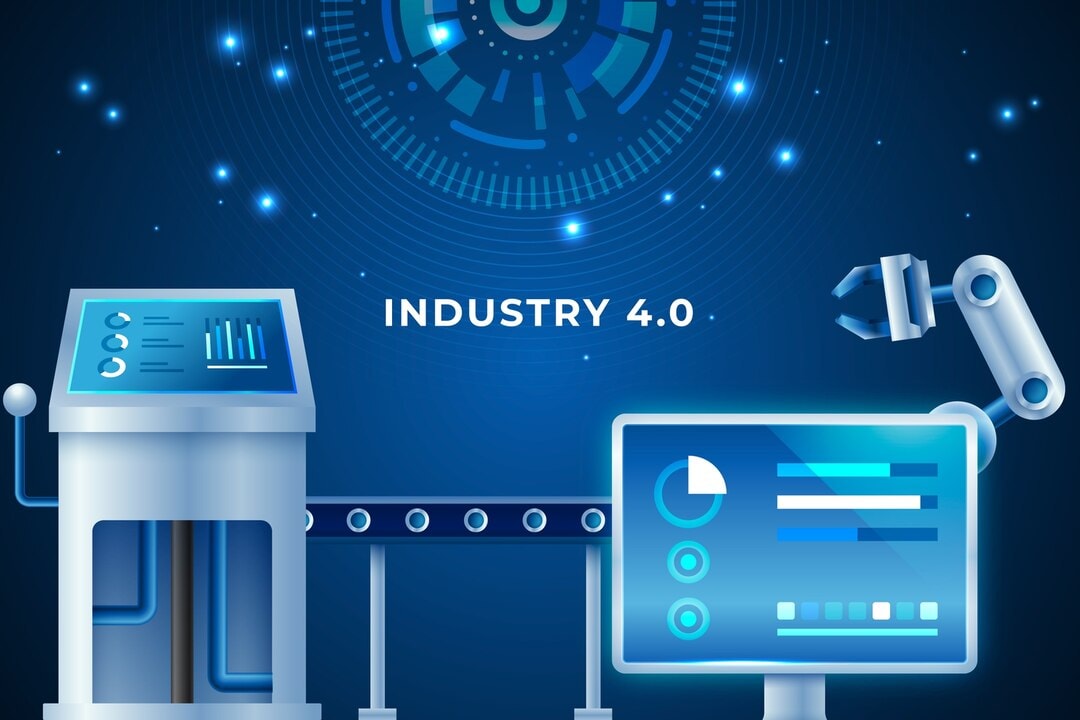
- Live Quality Parameter Monitoring: With factory-inbuilt IoT vision systems, an immediate response on production quality is made available.
- Automated Decision-Making in Connected Production Lines: AI-driven systems optimize production without the involvement of any person.
New Developments in Surface Defect Detection
New artificial intelligent techniques improve your inspection ability as an inspector of surfaces.
- Deep Learning for Cosmetic and Structural Defects: AI models analyze textures and patterns intrinsic to identify faults more accurately.
- Improved Accuracy in Inspection: Boost in reliability for detection comes with new innovations in machine learning algorithms.
The Future of Visual Inspection Systems
- Industry Shifts Toward Full Automation:
Factories are now heading toward total autonomy while drastically reducing human inspections.
- Ethical Consideration and Re-skilling of Workforce:
Since AVI systems are displacing actual labor, this calls for a people's re-skilling program for taking on new roles in AI-enabled industries.
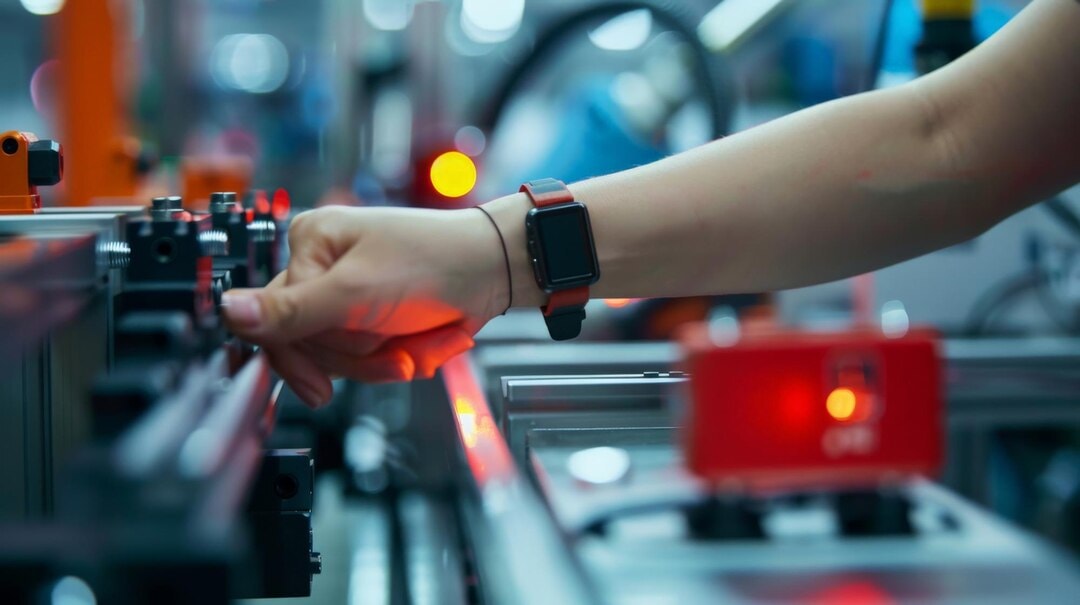
Conclusion
Automated Visual Inspection (AVI) systems have been revolutionized by industry in terms of the measurement, productivity, and efficiency of costs associated with their performance.
The joining of AI with machine vision has transformed the detection, predictive maintenance, and real-time optimization of the processes.
As most advanced AVI technologies have recently been adopted, it is essential to invest in AI-powered systems, IoT integration, and improved skills for reskilling workforces to remain competitive.
The future of AVI systems involves automating most industrial production processes, thereby making industries smarter, faster, and more reliable.